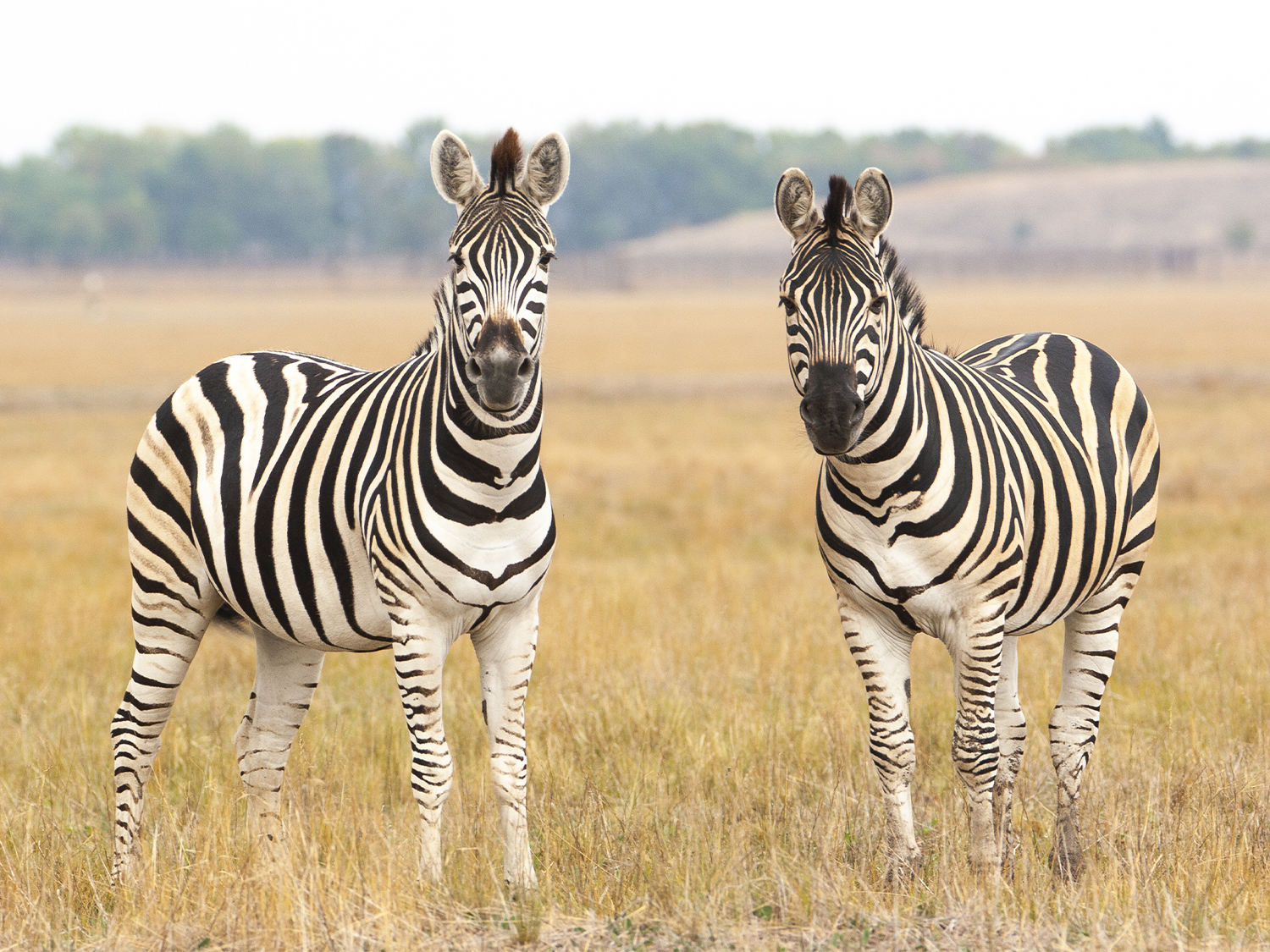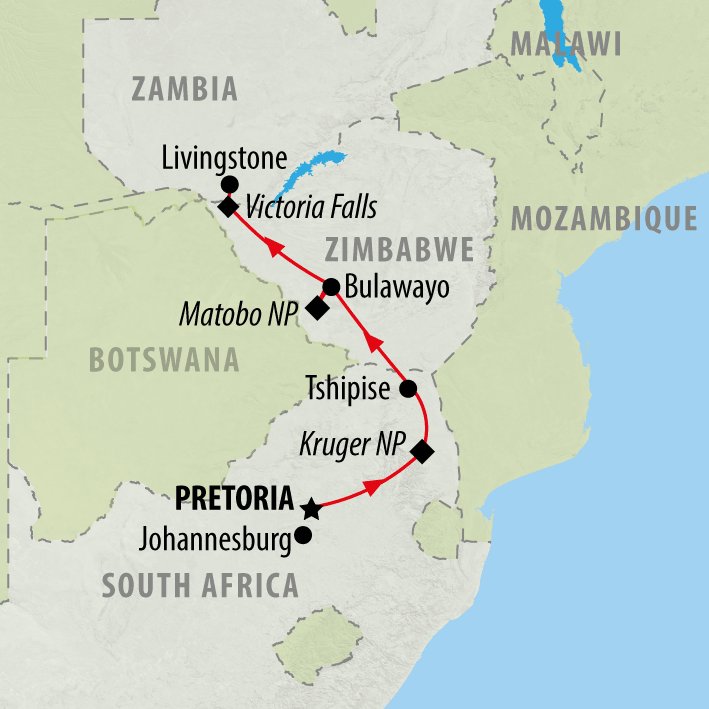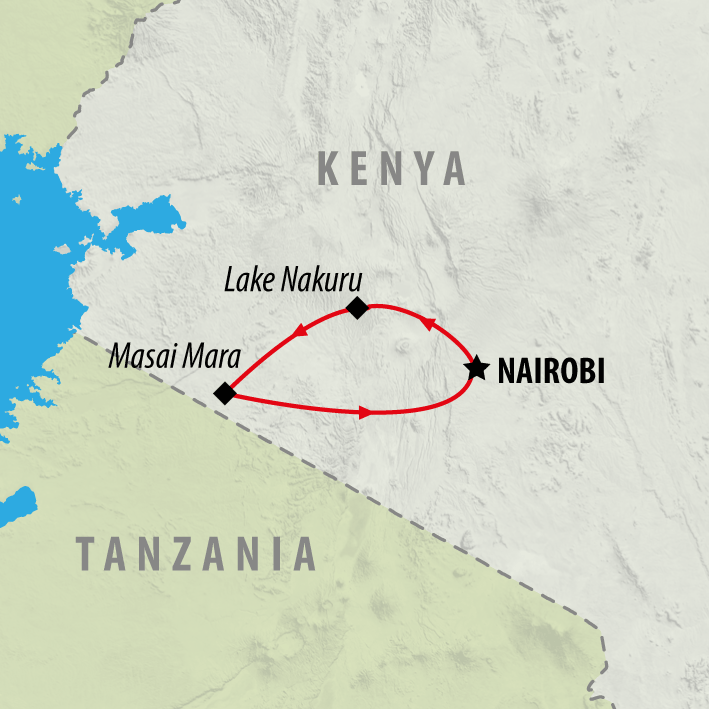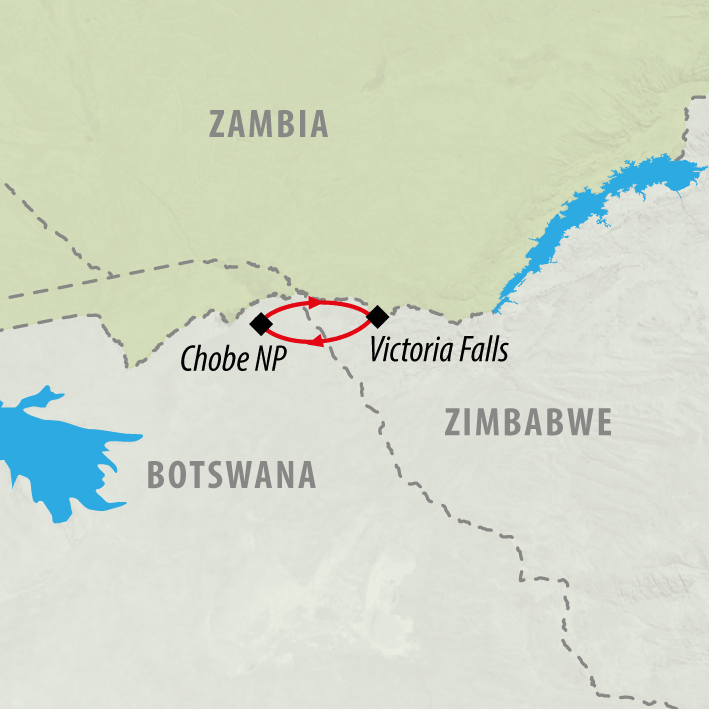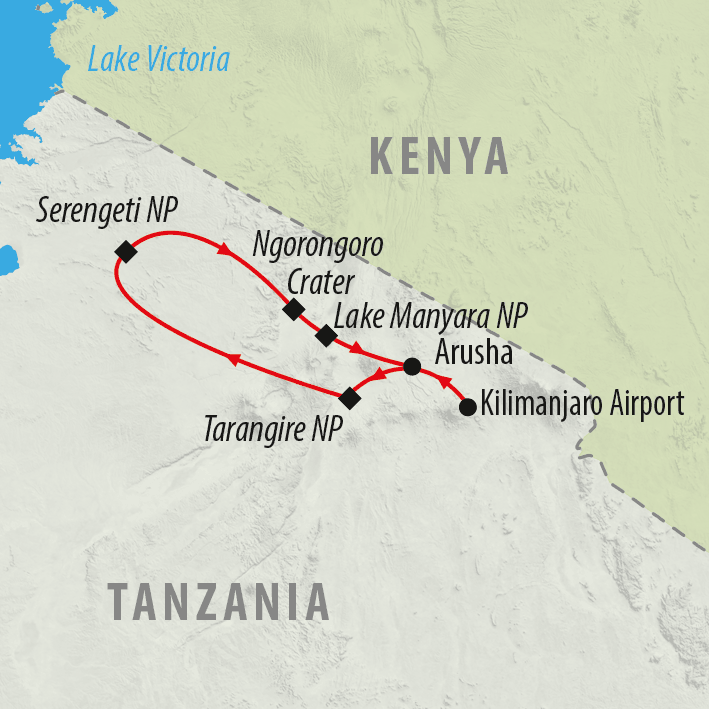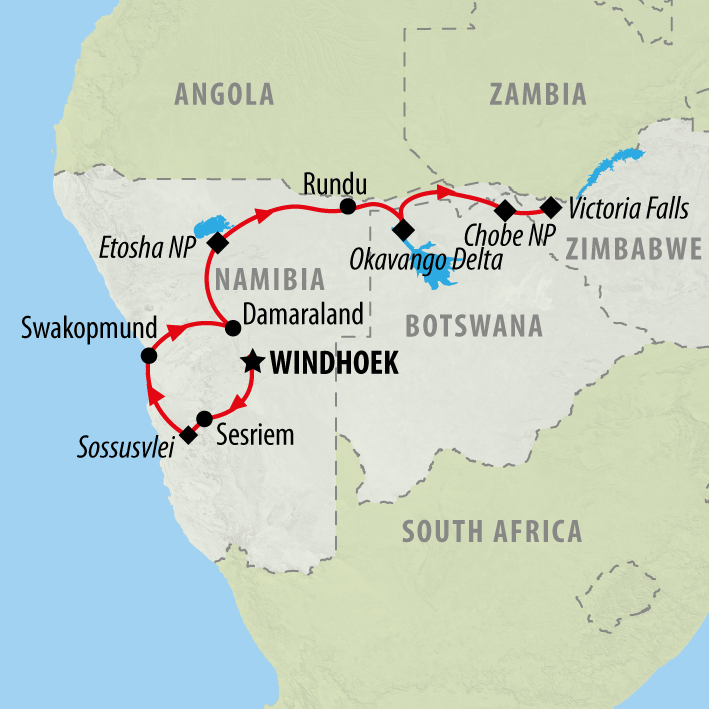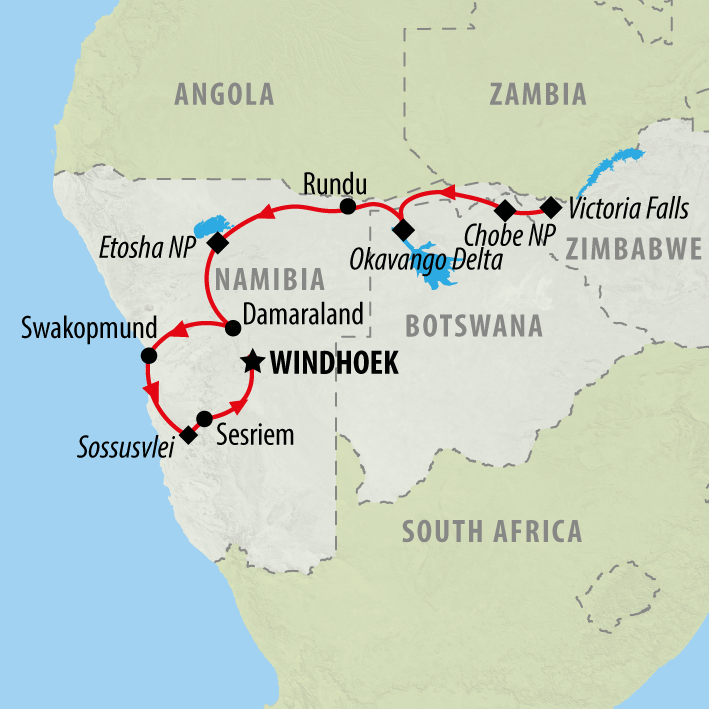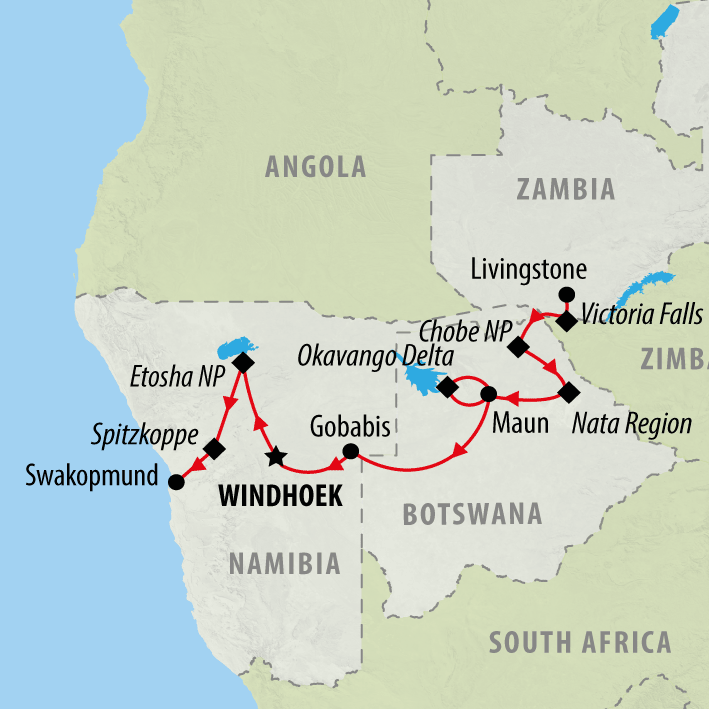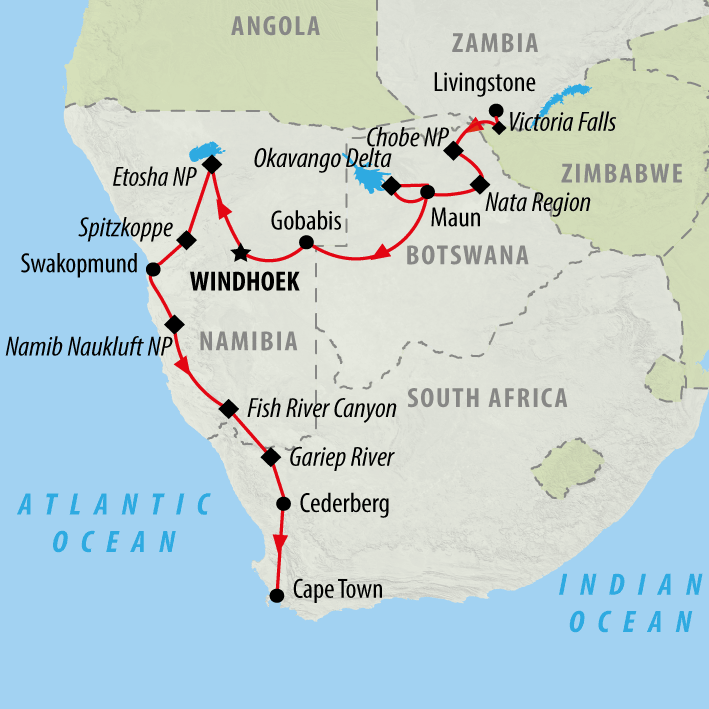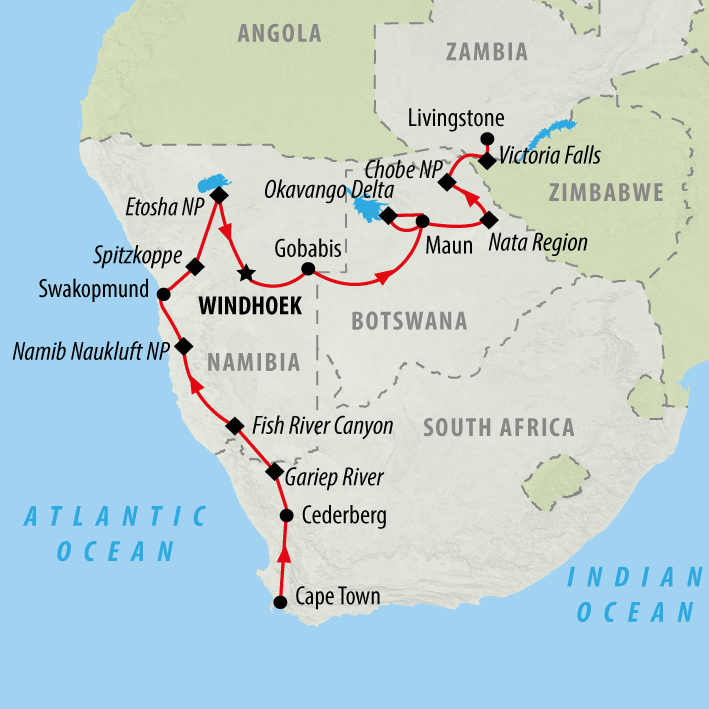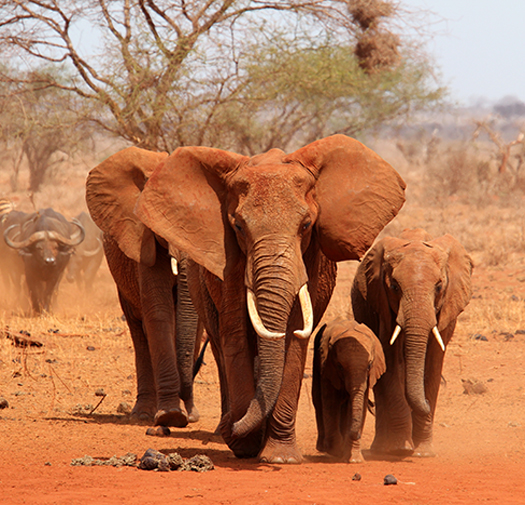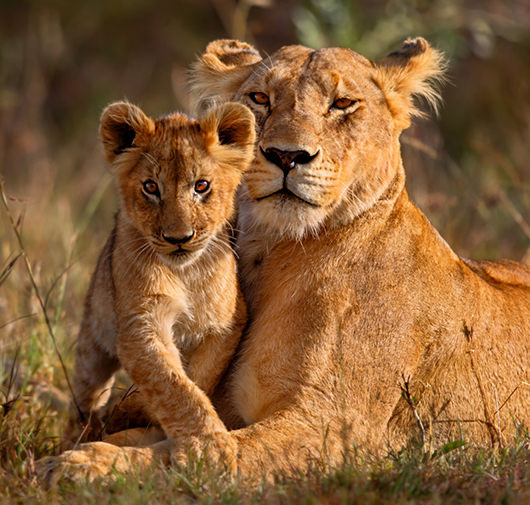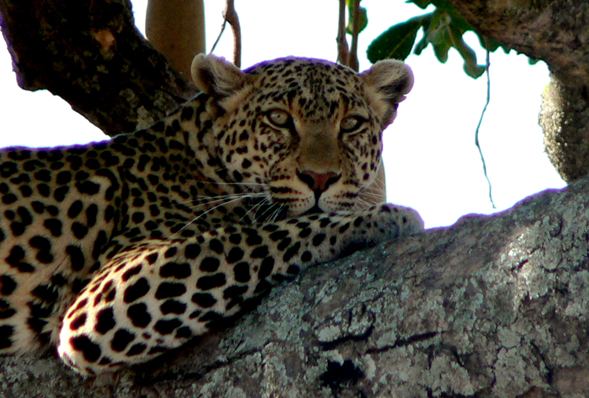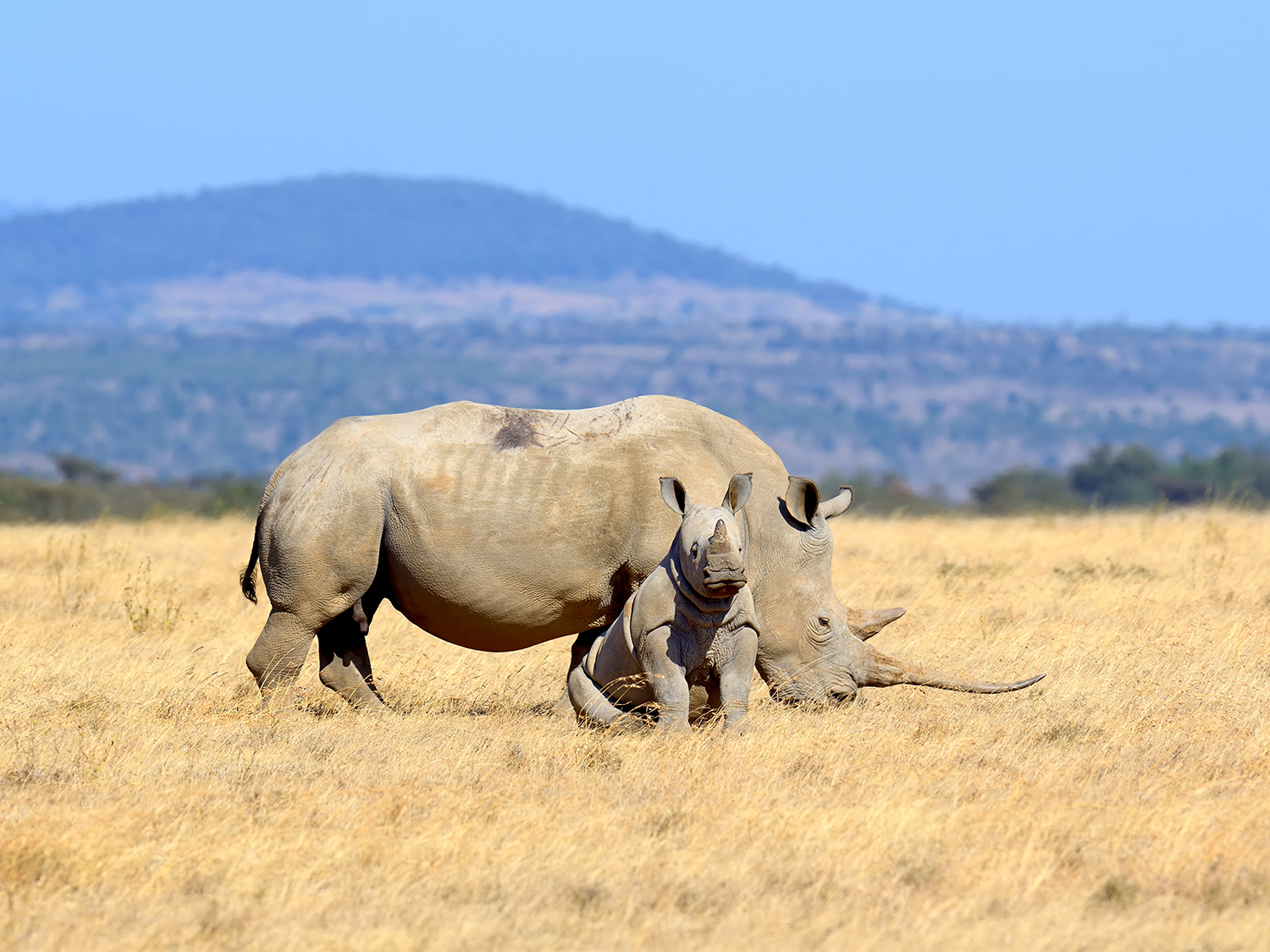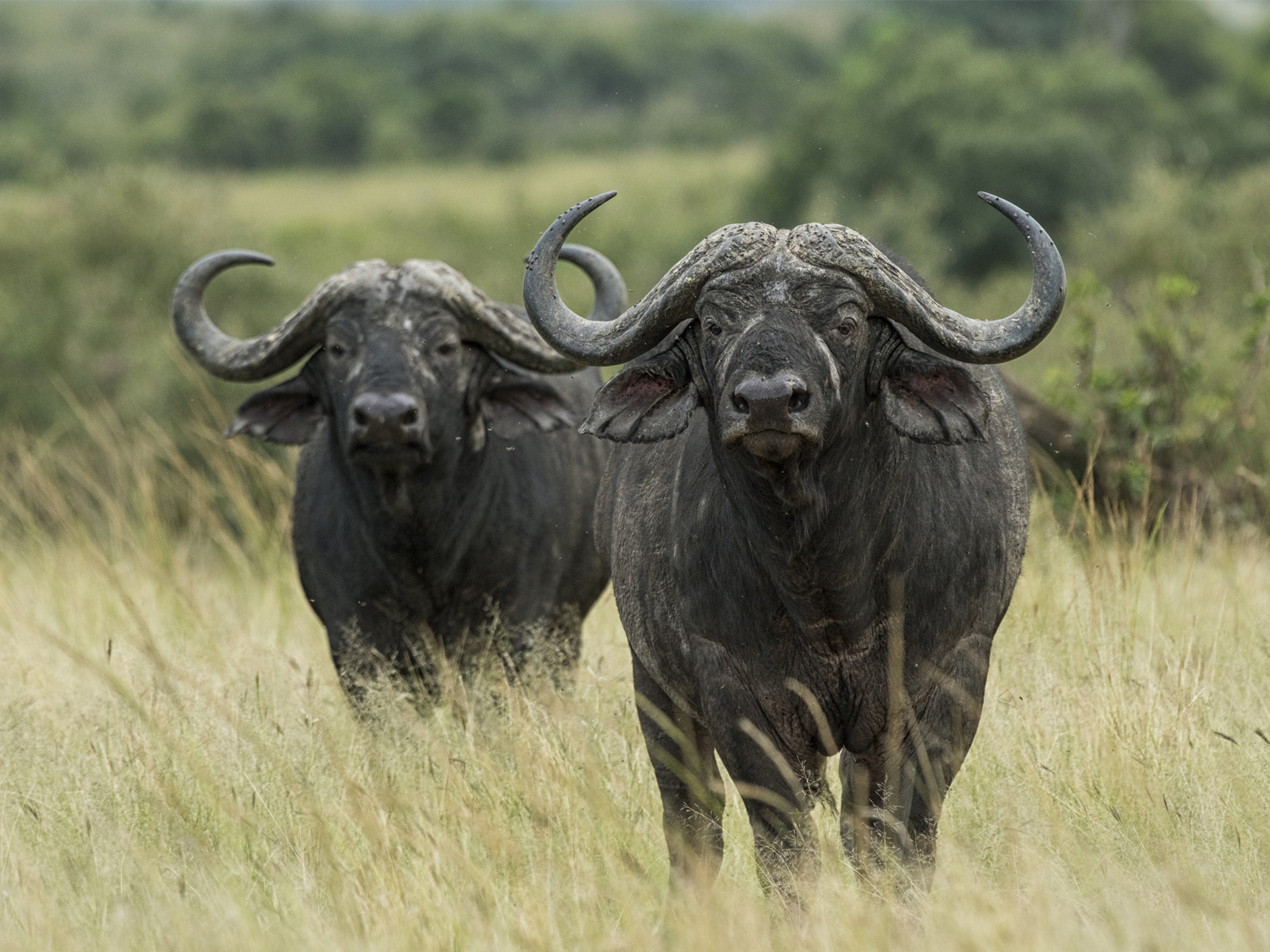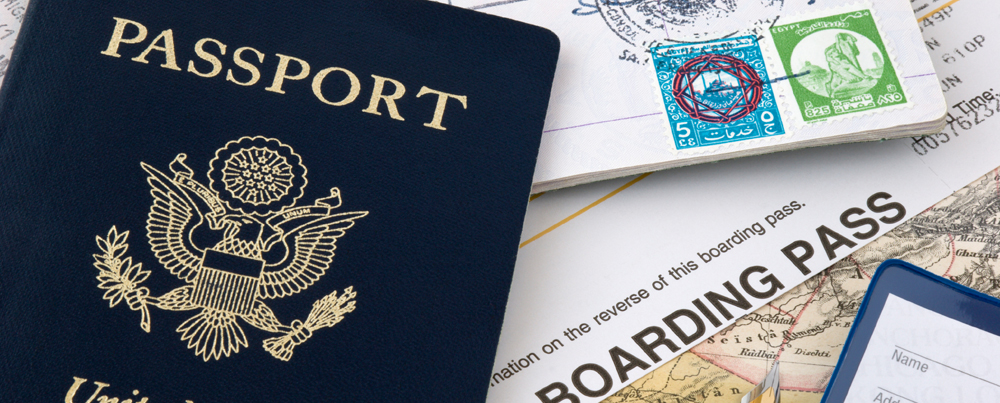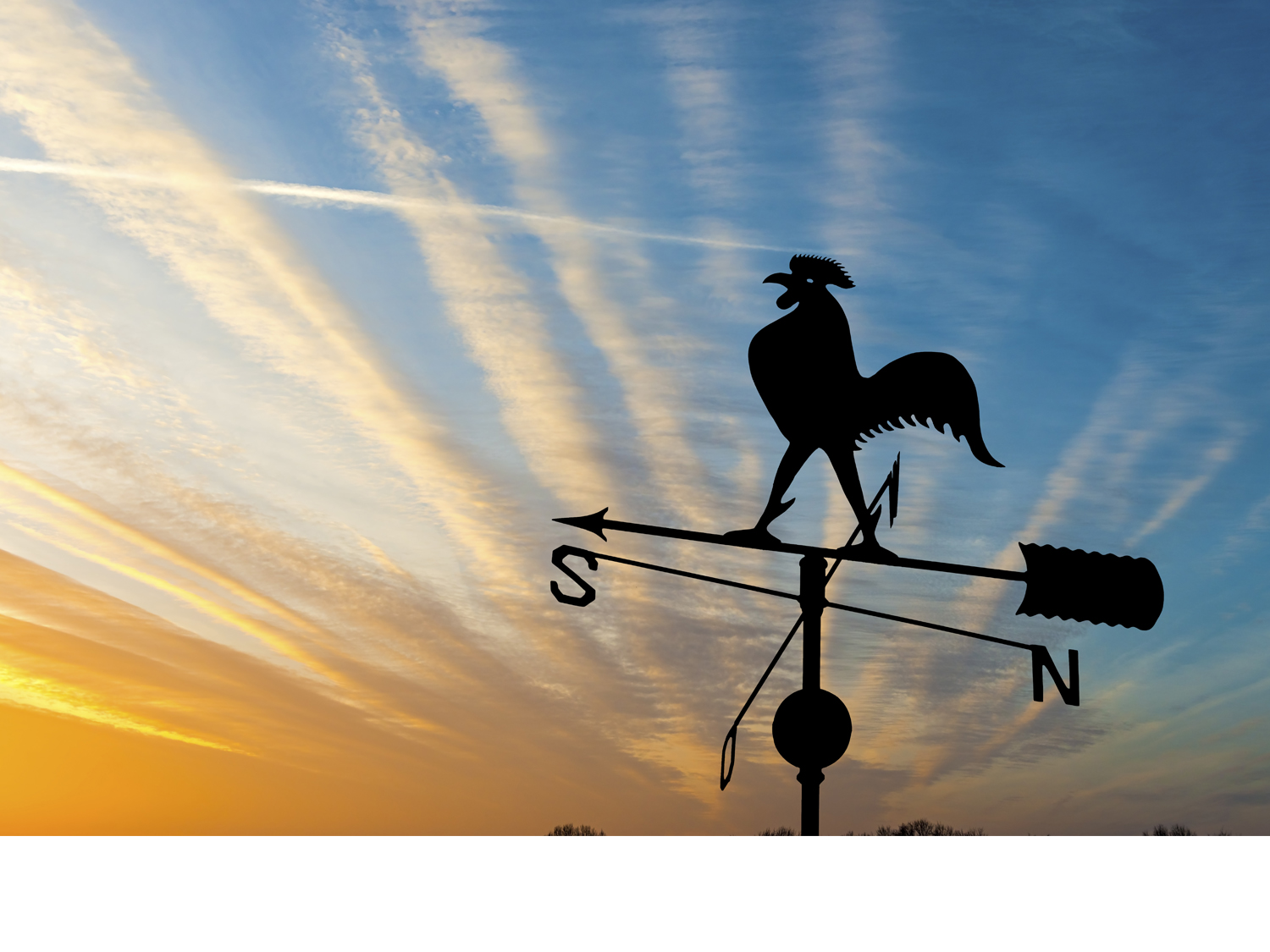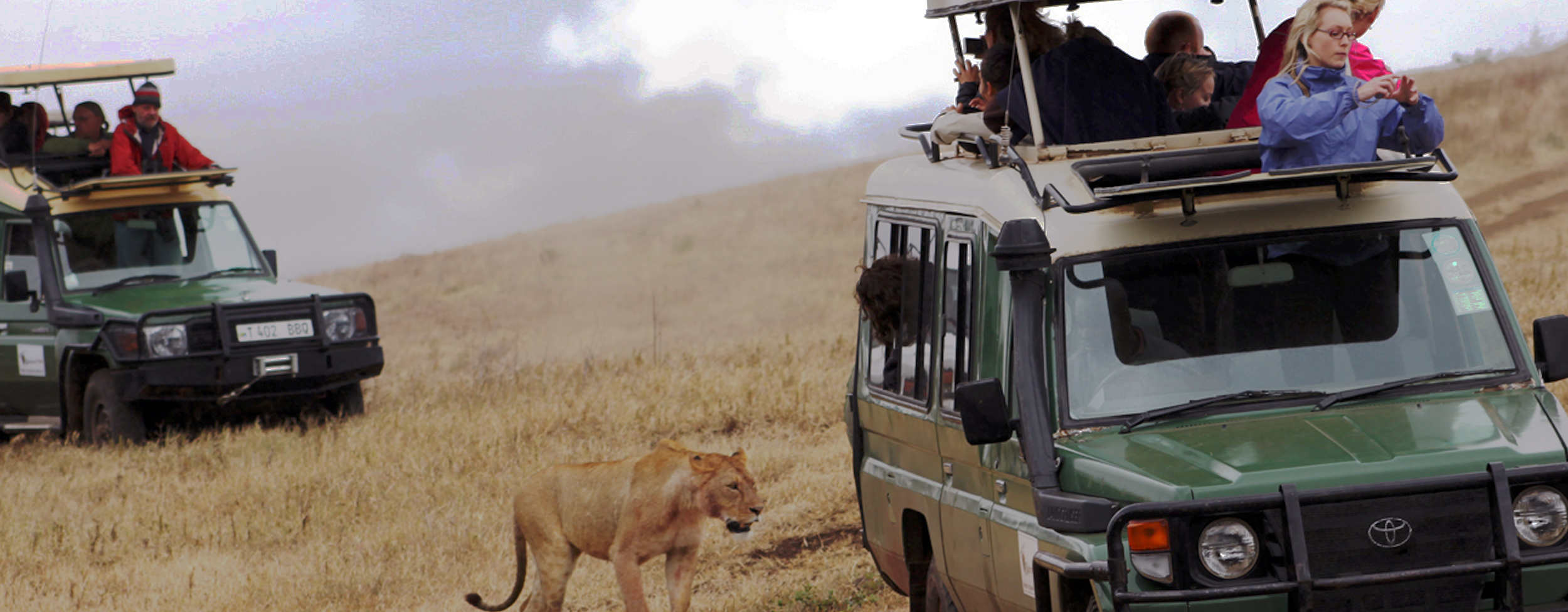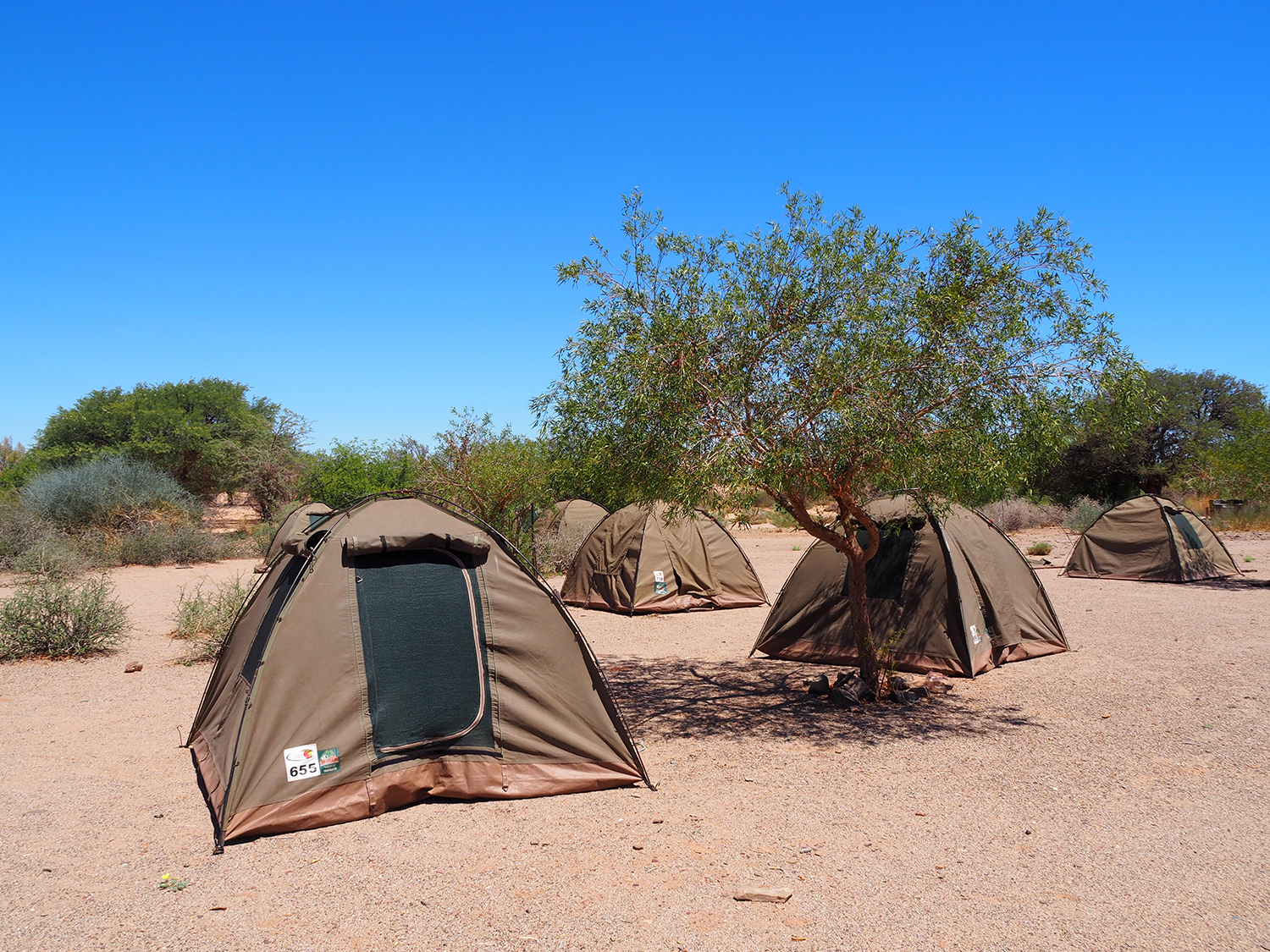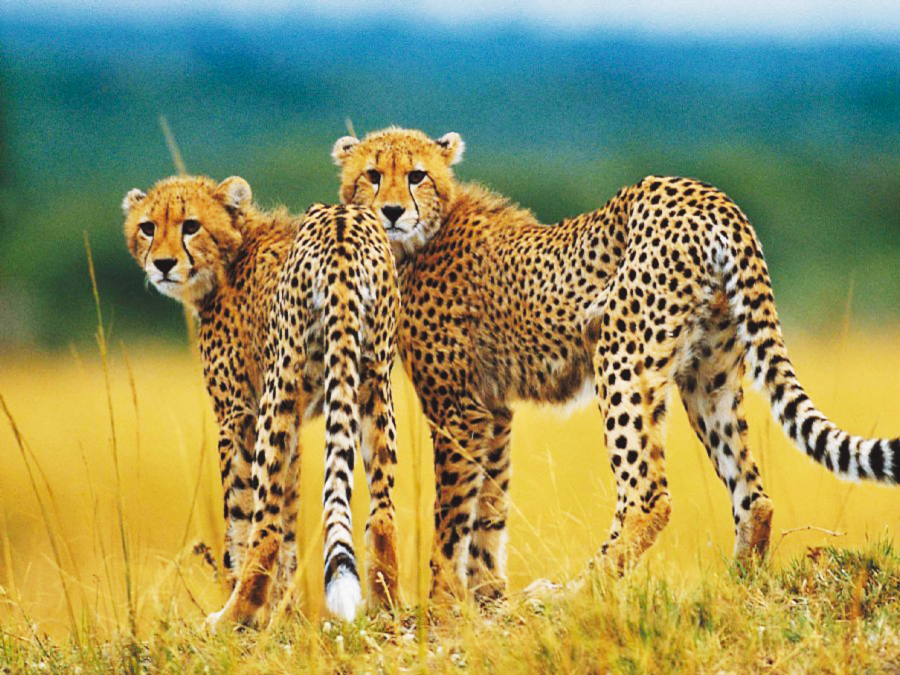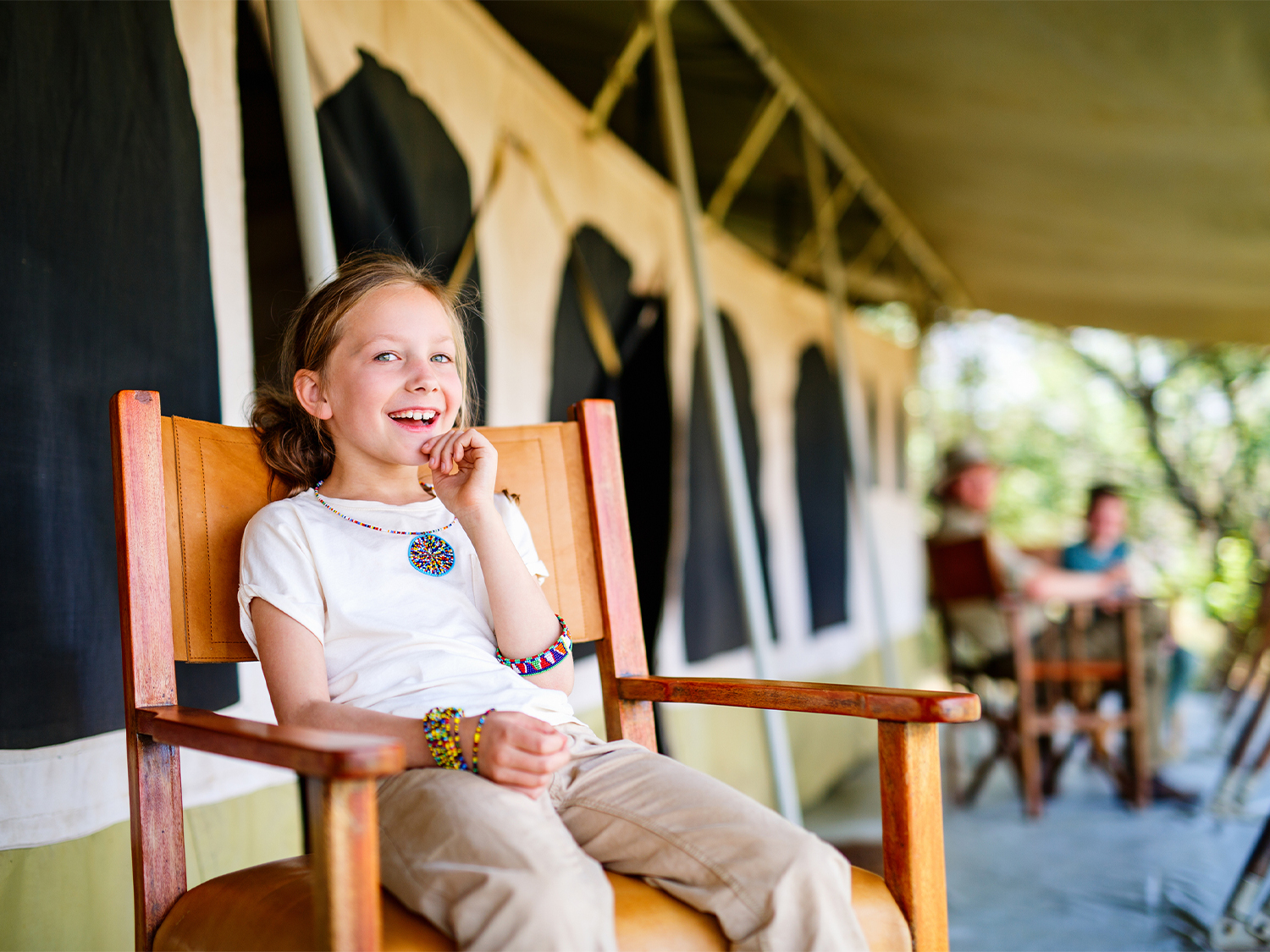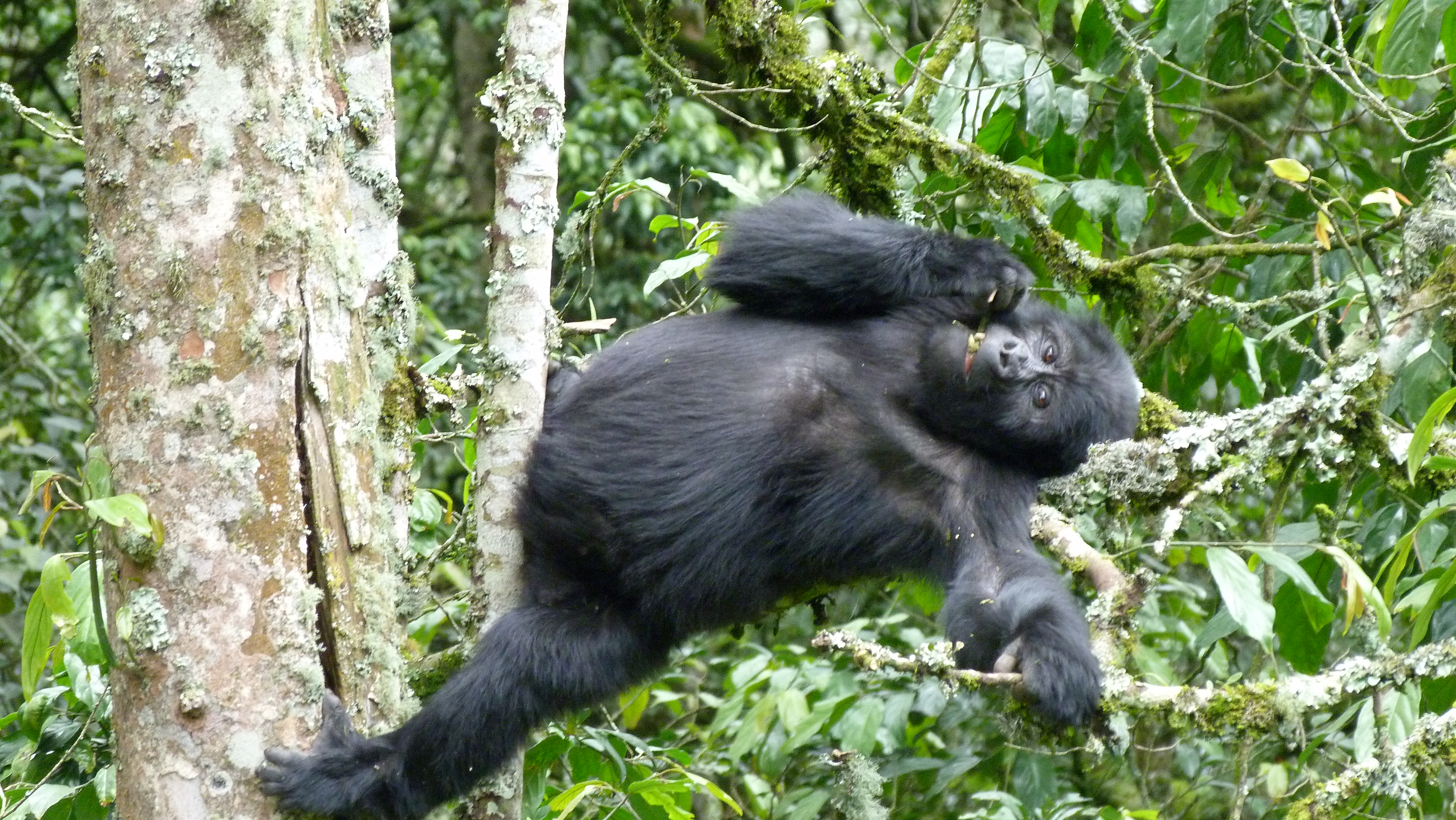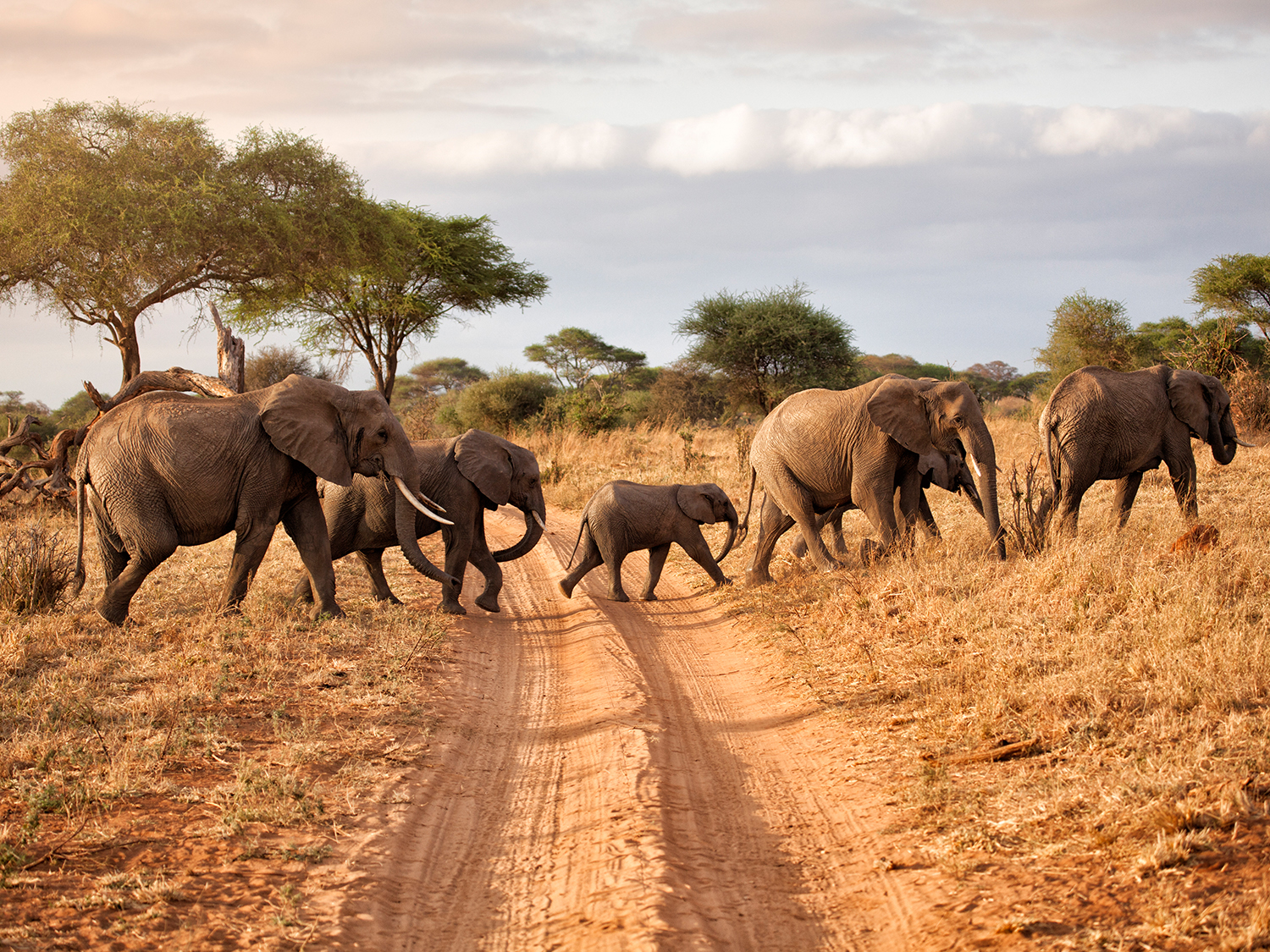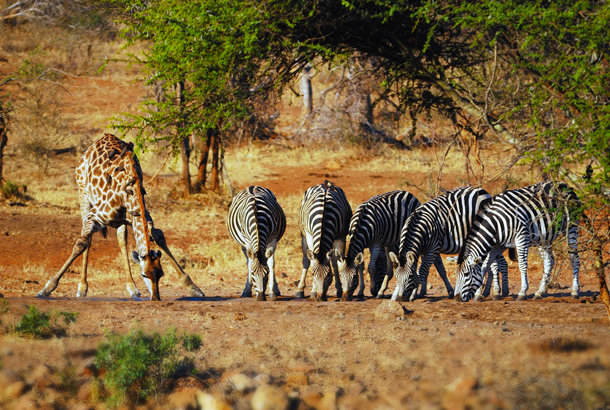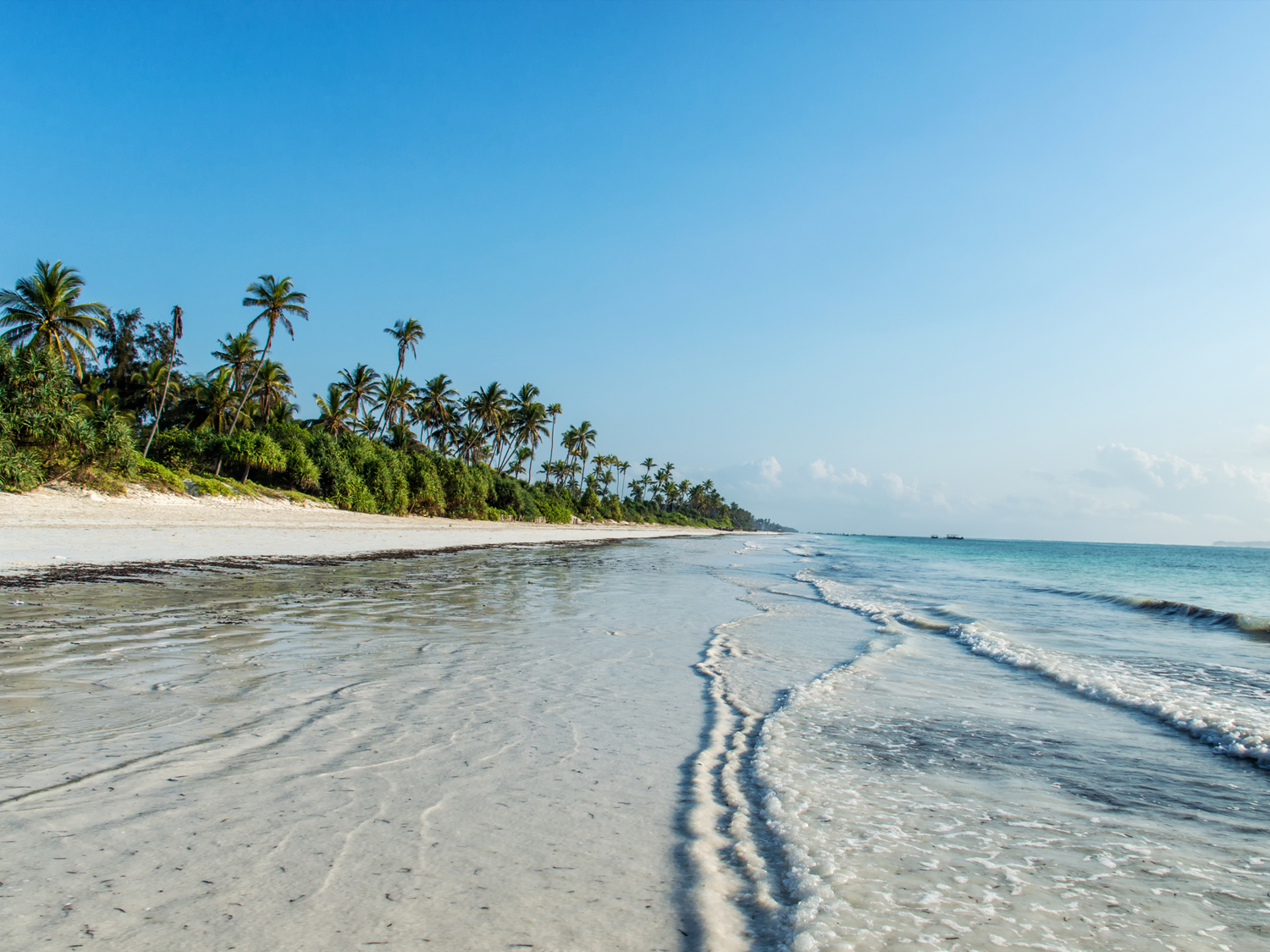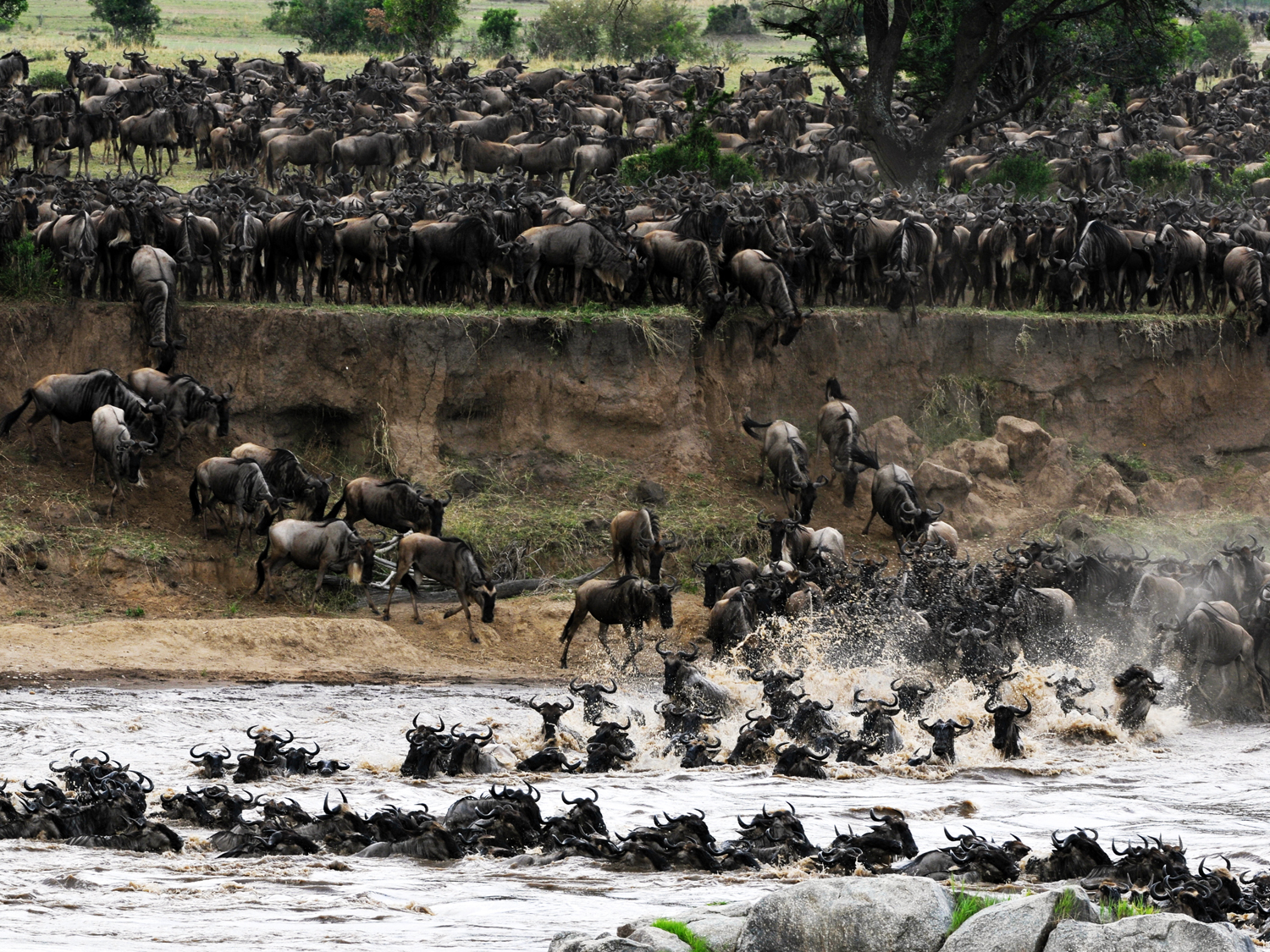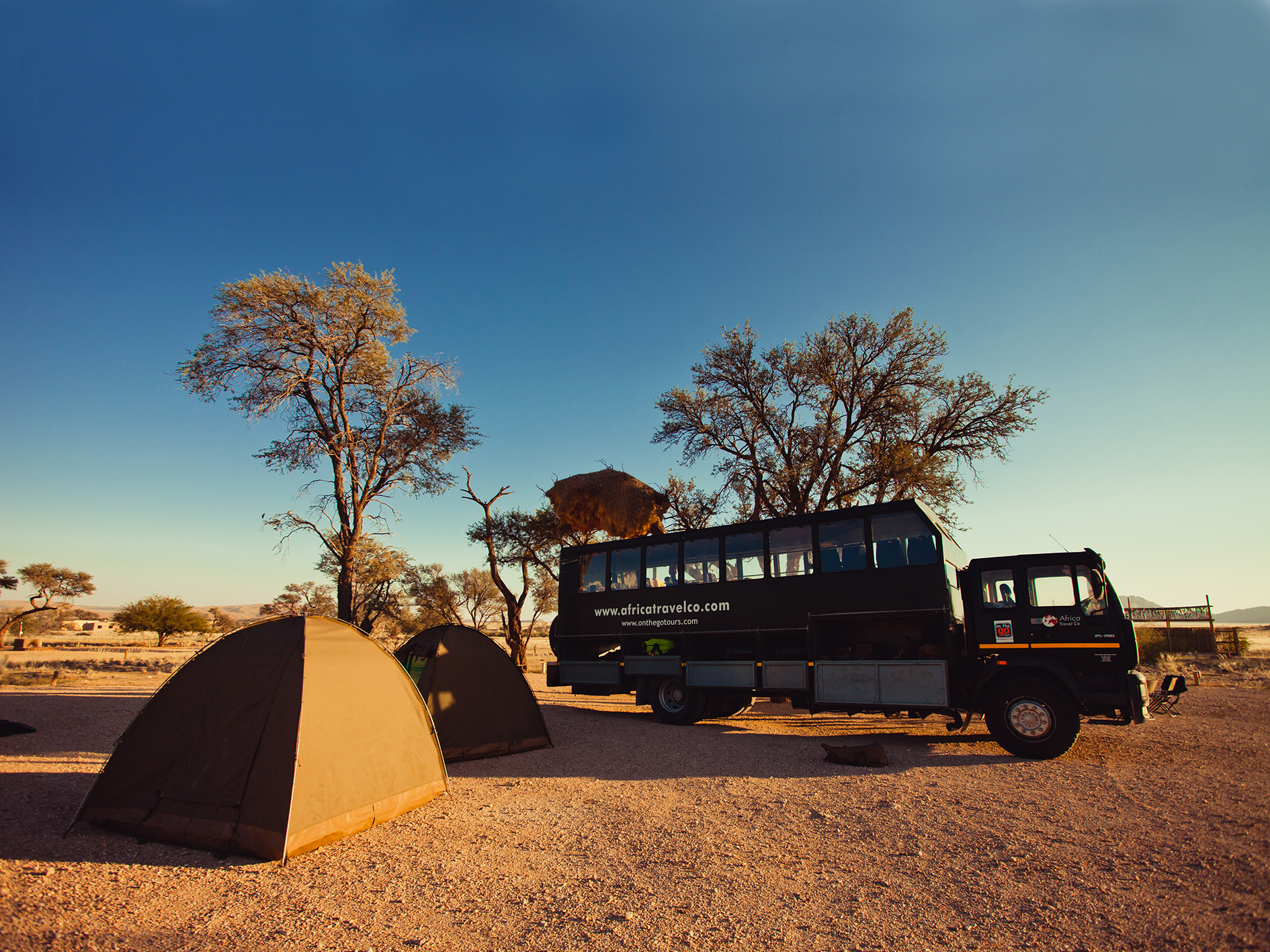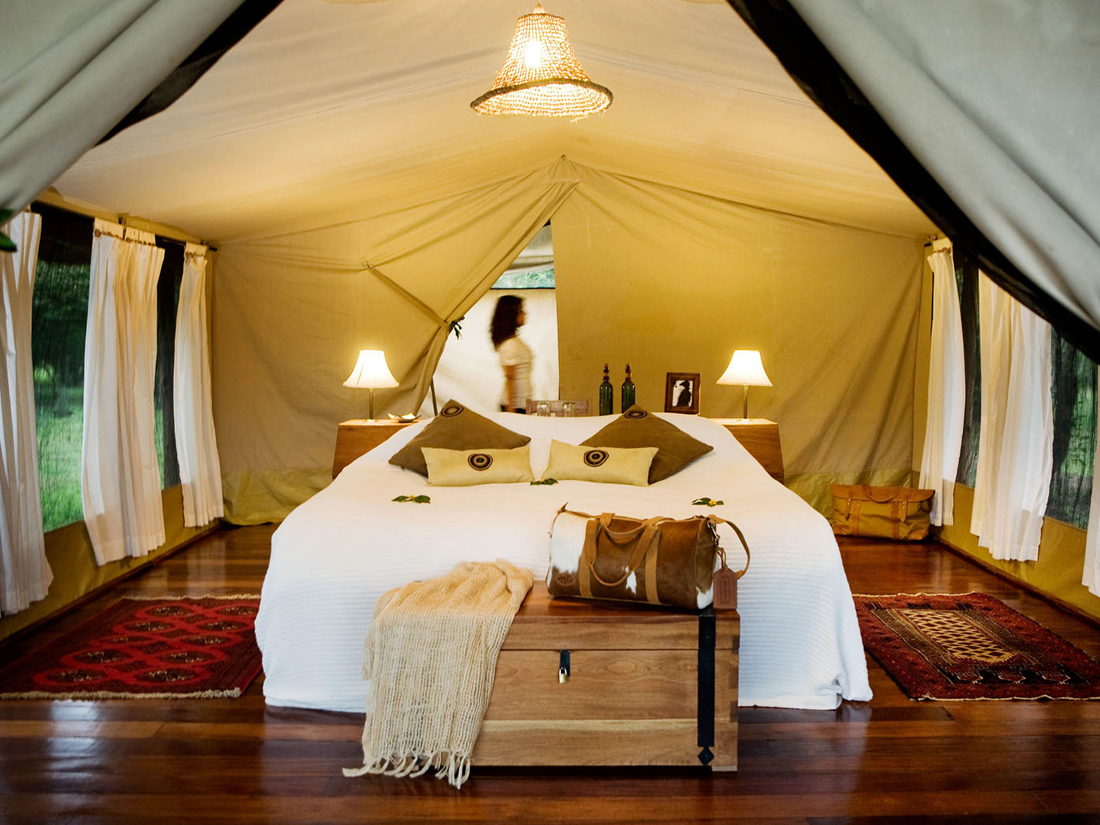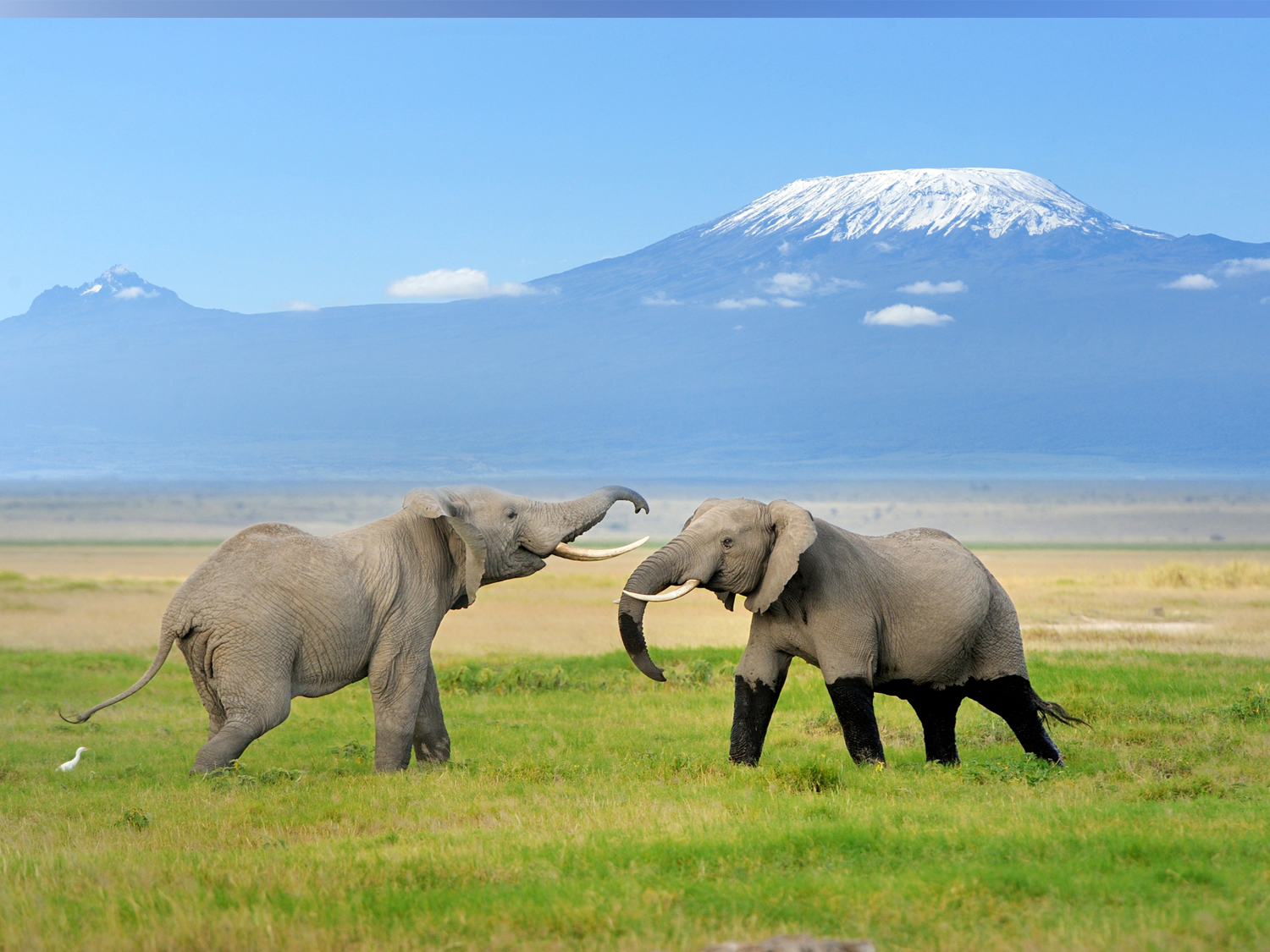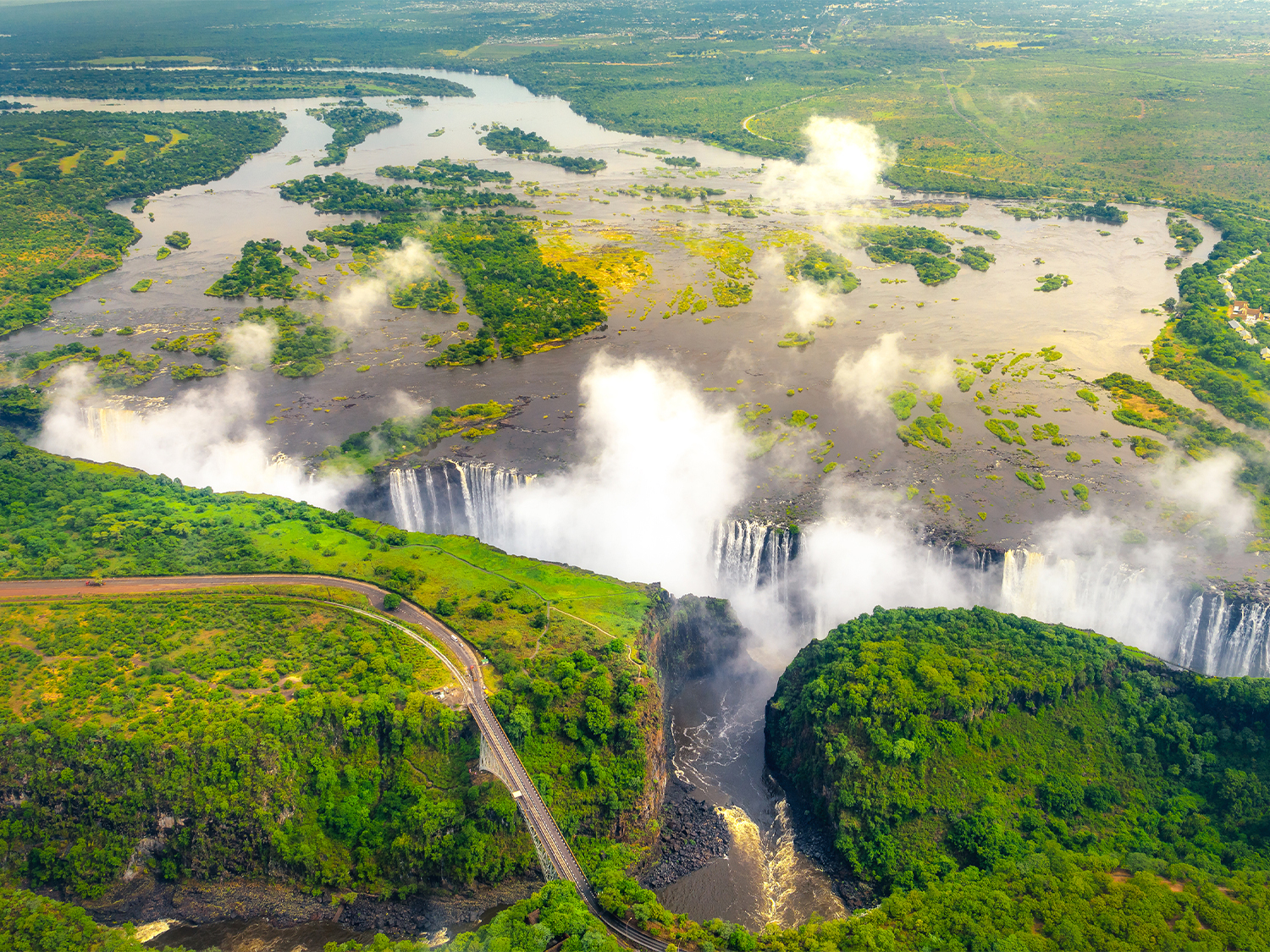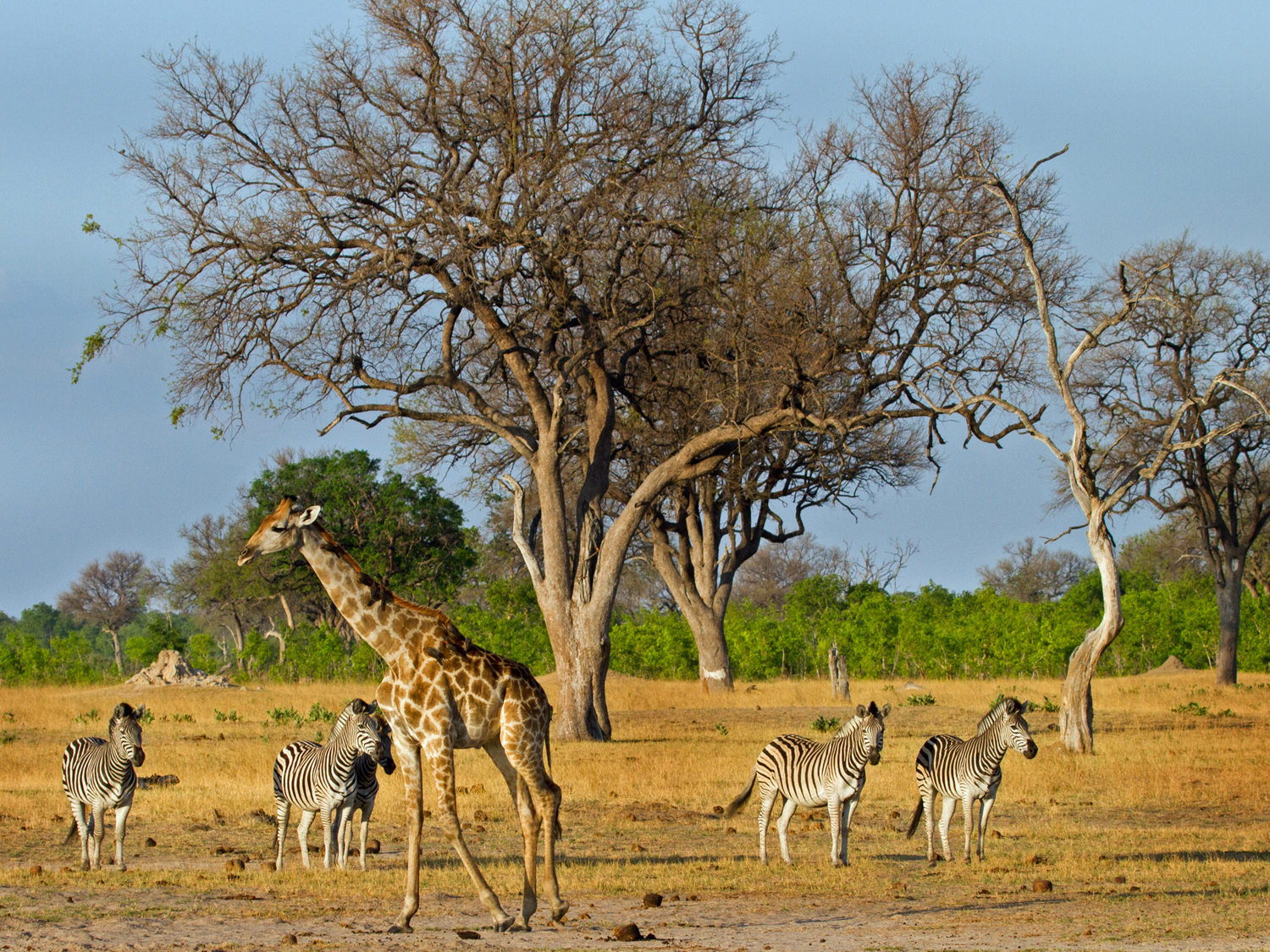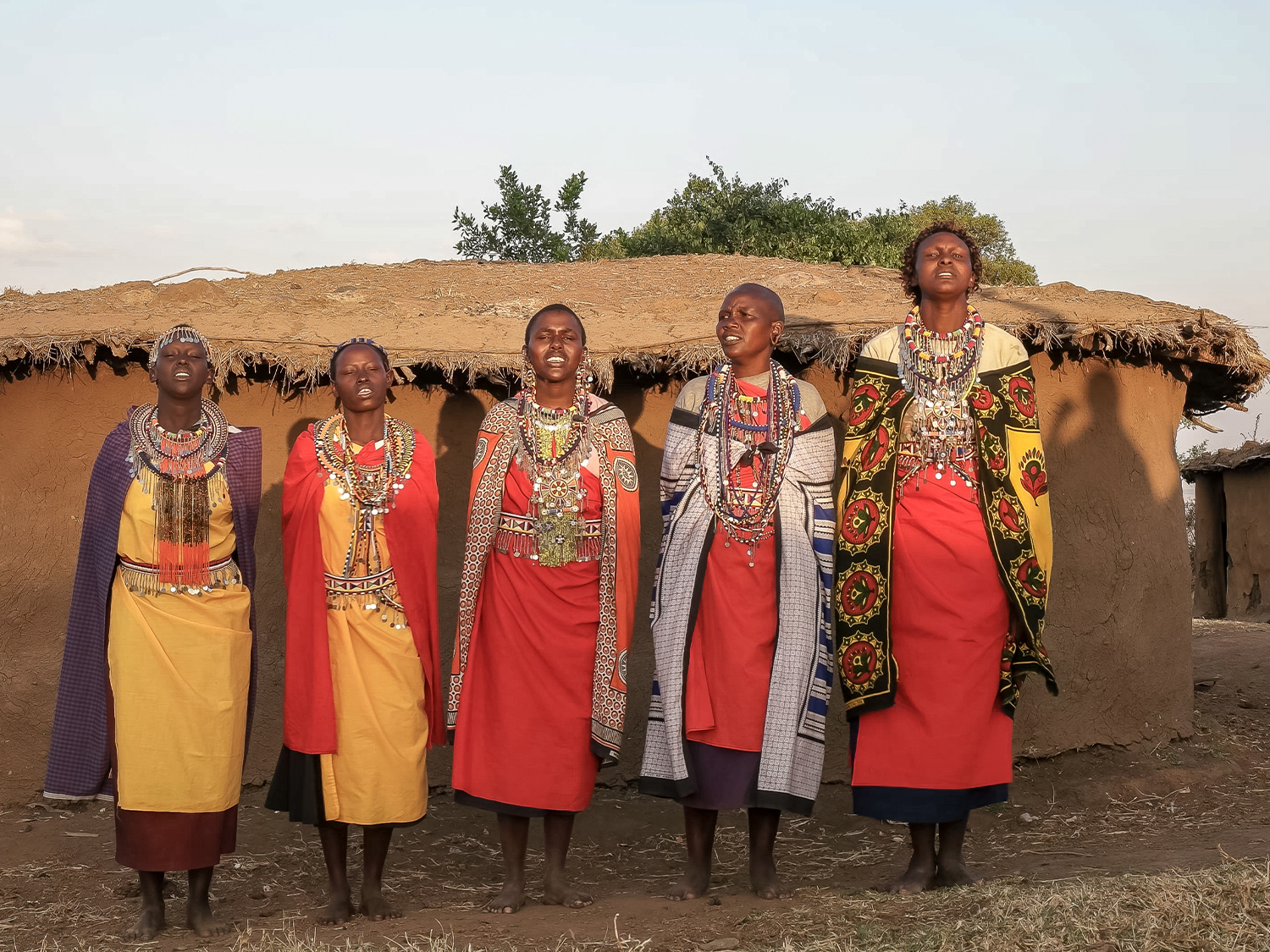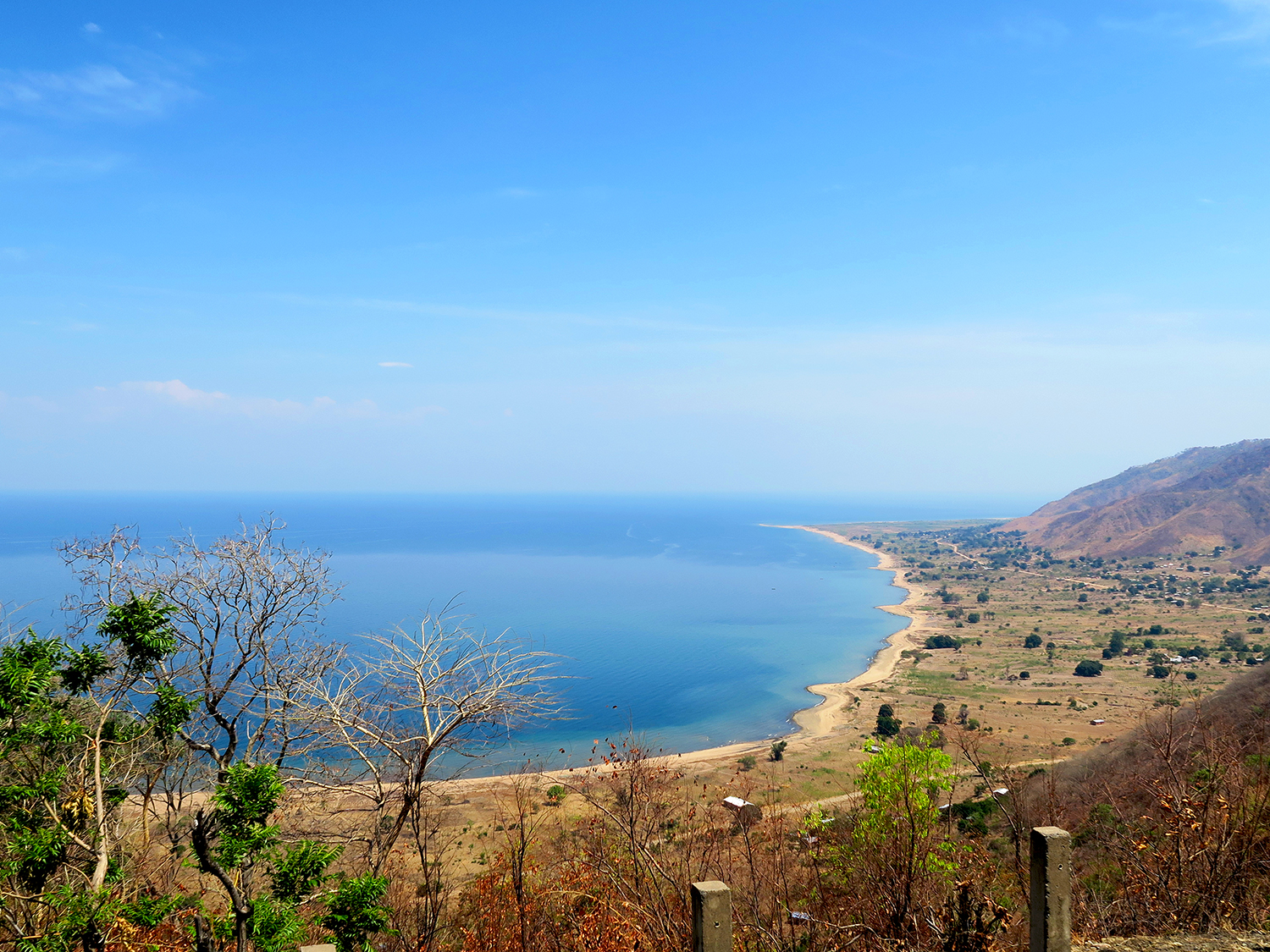Africa Safari Wildlife GuideWhere to see Africa's famous wildlife and when best to do so
When do you want to go?
2024
I'm flexible
Passengers
Adults (18+)
Children (0 - 17)
Safari's in Africa
Every traveller should put an African safari on their bucket list since it may be a once-in-a-lifetime experience. Although organising a safari can be a fun experience, there are a lot of things to consider, particularly for first timers. Africa is more complicated to get to than other places in the world. Many locations require logistical planning with flights and transfers because they are far away and have long driving routes.
What areas of Africa do you want to visit?
Africa is a big continent full of natural wonders, incredible wildlife, wonderful cities, and cultural experiences. It can be frightening to decide what to do while travelling. However, choosing your destination first might help you focus on the sights and activities you wish to see. For your first time, we’d advise concentrating on one or two nations. Attempting to see too many countries will make each place seemed hurried and detract from the overall experience. The best places to see the ‘big 5’ and many other species are Tanzania, Kenya, or South Africa, so if you are a first-timer looking to see a lot of wildlife, think about going there.
For more information on which national park is the best for you, click on this guide.
Best Time to Visit
The timing of your safari will influence the type of wildlife you see and your overall experience. Consider these seasonal factors when planning:
Dry Season
East Africa – June to October
During this period, animals are easier to spot as they congregate around limited water sources. This is also the time of the Great Migration in Tanzania’s Serengeti and Kenya’s Masai Mara, where millions of wildebeest and zebras cross the Mara River.
Southern Africa – May to October
Similar to East Africa, dry conditions make wildlife sightings more frequent as the vegetation thins, and animals gather near water. Parks like Kruger National Park in South Africa or Chobe National Park in Botswana offer superb game viewing during these months.
Wet Season
East Africa – November to May
The landscape becomes lush, and this is the best time for birdwatching as migratory species arrive. Calving season also occurs, offering sightings of young animals, though it can be harder to see wildlife due to thick vegetation.
Southern Africa – November to April
The scenery is beautiful, with dramatic thunderstorms that clear quickly. However, animals are more dispersed, making it slightly more difficult to spot them.
How Long to Stay
Your safari duration should reflect the number of parks, you wish to visit and the activities you plan to enjoy.
For a comprehensive safari covering multiple parks or even countries, anywhere from 7 to days is common. Some travellers even opt for extended trips of 30+ days if they’re eager for deeper immersion.
Under 7 Day Tours
A short safari often focuses on one or two parks. Ideal for first-time visitors, this length allows you to see key wildlife without feeling overwhelmed. A classic example is spending four days in Kruger National Park, where you can see the ‘Big Five’ and experience several game drives.
7-14 Days Tours
Perfect for a multi-park itinerary, allowing you to explore different ecosystems and a wider variety of animals. A standard 7-day safari, such as those in Kenya or Tanzania, allows you to visit highlights like the Masai Mara, Serengeti, and Ngorongoro Crater, focusing on key wildlife areas without rushing through the experience.
If you’re looking for a more comprehensive experience, a 10-14 days safari offers the flexibility to explore different regions. In Tanzania, for instance, you could visit Serengeti, and Ngorongoro Crater, combining wildlife viewing with cultural activities, such as visiting the Lake Eyasi Hadzabe tribe. This length of stay also allows for multi-country tours, such as a combination of Kenya and Tanzania, providing ample time to see more diverse wildlife and ecosystems.
14 + Day tours
For those seeking deep immersion, safaris lasting 14-20 days or more are the best option. These extended itineraries often include visits to multiple countries and parks, such as a tour of East and Southern Africa combining the Serengeti, Masai Mara, Victoria Falls, and the Okavango Delta. These trips are ideal for wildlife enthusiasts who want to experience varied safari types – from game drives and walking safaris to riverboat safaris – while exploring different terrains, from savannas to wetlands.
Additionally, these extended safaris allow for relaxing post-safari options, such as combing the trip with coastal regions like Zanzibar for beach time.
Ultimately, choosing the right duration for your safari depends on the depth of experience you want, the regions you plan to visit, and the pace you prefer for the trip.
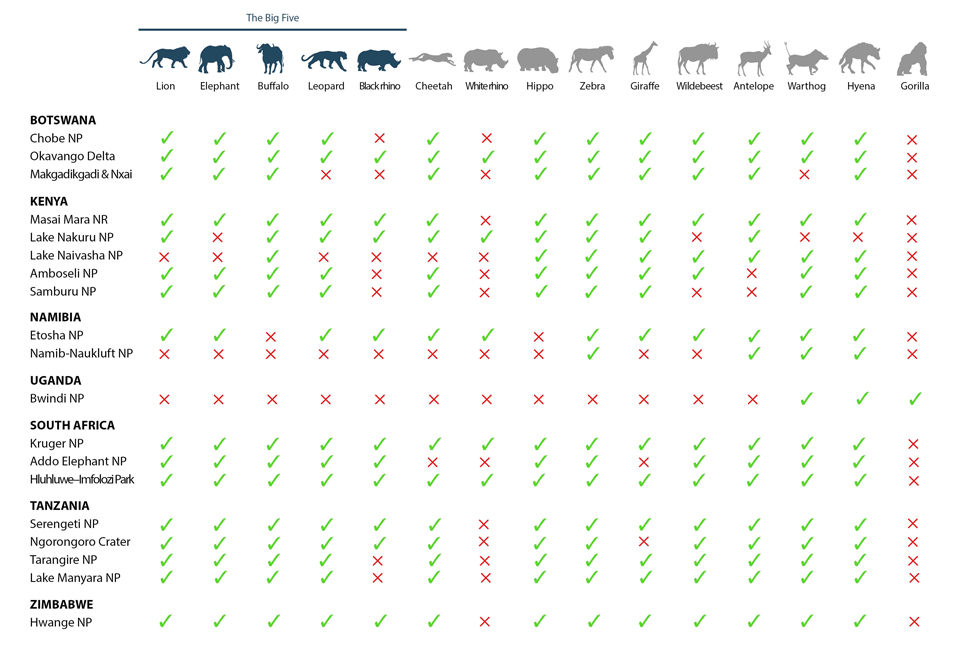
Africa's Big Five
Elephant
The African elephant (Loxodonta africana) is the largest land animal on Earth, with adult males (bulls) weighing up to 6,000 kilogrammes (13,200 pounds). Elephants are known for their complex social structures, which are typically led by a matriarch, the oldest and often largest female. They have remarkable memories, which help them navigate their environment and recall the locations of water sources across vast distances. Elephants are also highly intelligent, displaying behaviours such as tool use, mourning their dead, and showing empathy. Their large ears, shaped like the African continent, help regulate their body temperature, and their tusks, made of ivory, are used for digging, lifting objects, and as a weapon.
Lion
The African lion (Panthera leo) is often called the "king of the jungle," although they actually inhabit savannas and grasslands. Lions are the only cats that live in social groups called prides, which typically consist of related females, their offspring, and a few male lions. Male lions are known for their majestic manes, which vary in color and are a sign of health and virility. Lions are apex predators, primarily hunting large herbivores like zebras, wildebeests, and buffaloes, often using cooperative hunting strategies to bring down their prey. Their roar, which can be heard up to 8 kilometers (5 miles) away, is used to communicate with pride members and establish territorial boundaries.
Leopard
The leopard (Panthera pardus) is a solitary and highly adaptable predator found in various habitats across Africa, from rainforests to deserts. Leopards are known for their strength and agility, often dragging their prey up into trees to avoid scavengers like hyenas. Their rosette-patterned coats provide excellent camouflage, making them difficult to spot in the wild. Leopards are opportunistic hunters, with a diet that includes everything from antelope to birds, fish, and even insects. They are also strong swimmers and are known to fish or hunt in water when necessary. Despite their elusive nature, leopards are widespread, though their populations are threatened by habitat loss and human-wildlife conflict.
Rhinoceros
The Big Five include two species of rhinoceros: the black rhinoceros (Diceros bicornis) and the white rhinoceros (Ceratotherium simum). The black rhino is critically endangered and more aggressive, known for its hooked lip, which it uses to browse shrubs and trees. In contrast, the white rhino is larger, with a wide, square-shaped lip adapted for grazing on grasses. Despite their names, both rhino species are gray in color. Rhinos have thick skin, which protects them from thorns and insect bites, and their horns, made of keratin, are used for defense, digging, and breaking branches. Unfortunately, rhinos are severely threatened by poaching, driven by the demand for their horns in illegal wildlife trade.
Cape Buffalo
The Cape buffalo (Syncerus caffer), also known as the African buffalo, is a formidable and unpredictable animal, weighing up to 900 kilograms (2,000 pounds). They are known for their strong, curved horns, which they use to defend themselves against predators, including lions. Buffaloes are social animals, living in large herds that can number in the hundreds or even thousands. They have a reputation for being one of the most dangerous animals in Africa due to their aggressive nature, particularly when wounded or threatened. Despite their bulk, buffaloes are surprisingly agile and can run at speeds of up to 57 kilometers per hour (35 miles per hour). They play a crucial role in their ecosystems by influencing vegetation patterns and providing prey for top predators like lions.
When best to see Africa's wildlife
Now you know where to go to find Africa's famous animal residents, here's a handy overview of when best to go. For more detailed information on the best time to visit each country, head to the Travel Guide section on the relevant country homepage.
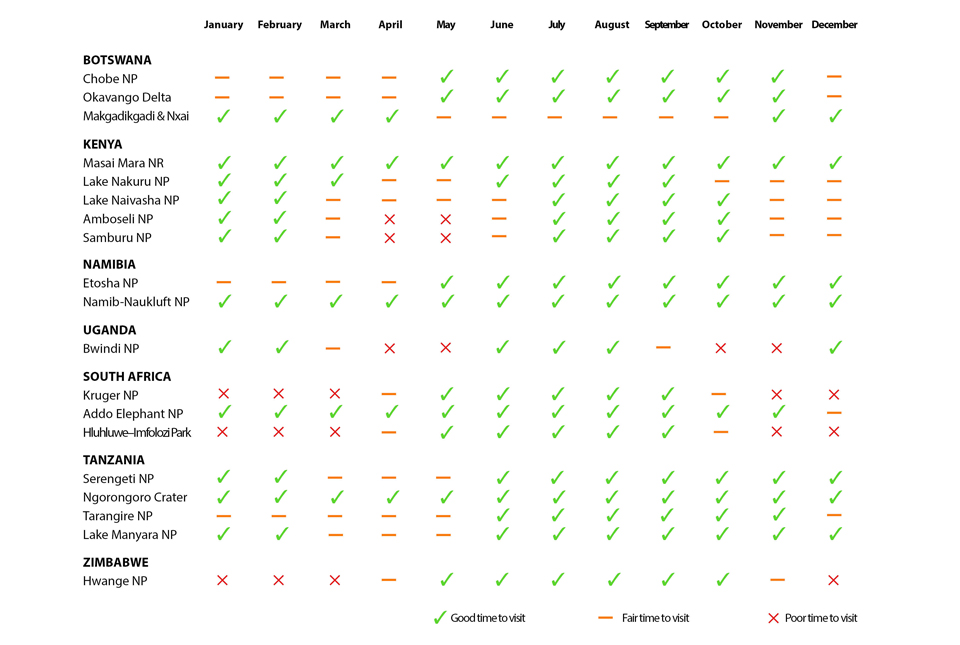
Travel Planning: Before you go
Read our guides to help you plan your trip
Our Africa travel styles
We offer a range of different trip types in Africa. From overland camping tours to lodge safaris and everything in between. As well as group trips, we also offer a selection of private safaris and those suitable for families with children aged 8 and over. Discover our different Africa travel styles below.
African Travel Guides
Find more inspiration and information about Africa to help you choose the right tour for you.
Packing Essentials
When preparing for an African safari, packing the right essentials can enhance both comfort and safety.
Clothing:
Lightweight Layers: Pack lightweight, neutral-colored clothing to adapt to changing temperatures. Early mornings and evenings can be chilly, especially during game drives, while afternoons warm up significantly.
Long Sleeves and Pants: These protect against both sun exposure and insect bites. Fabrics like cotton or moisture-wicking blends are ideal for staying cool while covering up.
Jacket or Fleece: A warm, packable jacket is essential for early morning and evening drives, even in warmer months.
Sun Hat and Scarf: A wide-brimmed hat protects against intense sun, and a scarf or bandana can shield your face from dust during drives.
Footwear:
Sturdy Walking Shoes: Closed-toe shoes are crucial, especially if you’re taking walking safaris. Opt for lightweight hiking boots or sturdy sneakers with good grip.
Sandals or Flip-Flops: These can be useful around lodges or campsites but are less suitable for safari activities.
Other Essentials:
Sunscreen and Insect Repellent: High-SPF sunscreen is crucial due to the sun’s intensity, and a DEET-based insect repellent provides additional protection, especially in mosquito-prone areas.
Reusable Water Bottle: Staying hydrated is key, so bring a large, insulated water bottle that you can refill throughout your trip.
Binoculars and Camera Gear: For capturing wildlife details, binoculars are invaluable, and a camera with a good zoom lens is recommended for photographing animals at a distance.
First-Aid Kit: Include basic items such as antiseptic wipes, bandages, pain relievers, and any personal medications. Including rehydration salts or electrolyte powders can also be helpful.
Toiletries and Sanitising Supplies: Travel-sized toiletries, hand sanitiser, and biodegradable wet wipes are practical for day trips and remote areas where facilities might be limited.
Health and Safety Tips
Vaccinations
Make sure to visit a travel clinic well before your safari to ensure you have the necessary vaccinations. Common recommendations include:
Yellow Fever: Required for entry to some African countries.
Hepatitis A and B: For protection against food and waterborne diseases.
Typhoid: Another safeguard against waterborne diseases.
Tetanus: Ensure your tetanus vaccination is up to date.
Malaria Precautions
If you’re visiting a malaria-endemic area, take preventive measures seriously:
Anti-malaria medication: Consult your doctor for the best prophylactics based on the region.
Mosquito nets: Most lodges provide them, but it’s wise to double-check.
Insect repellent: A strong, DEET-based repellent will keep mosquitoes at bay.
Wildlife Safety
Always respect wildlife and follow your guide’s instructions:
Maintain distance: Never approach animals or attempt to provoke them for a closer look.
Stay in the vehicle: Unless your guide permits you to exit, remain inside the vehicle at all times.
No loud noises: Avoid startling animals by speaking softly and moving quietly.
Drinking Water
Stick to bottled or filtered water throughout your trip. Even in luxury lodges, it’s best to avoid drinking tap water unless it’s been filtered.
African Travel Guides
Find more inspiration and information about Africa to help you choose the right tour for you.
Our customers say
Excellent
4.4 out of 5 based on 275 reviews
